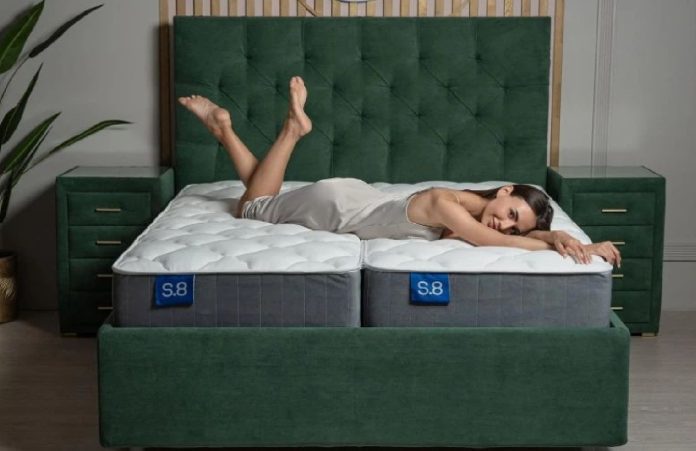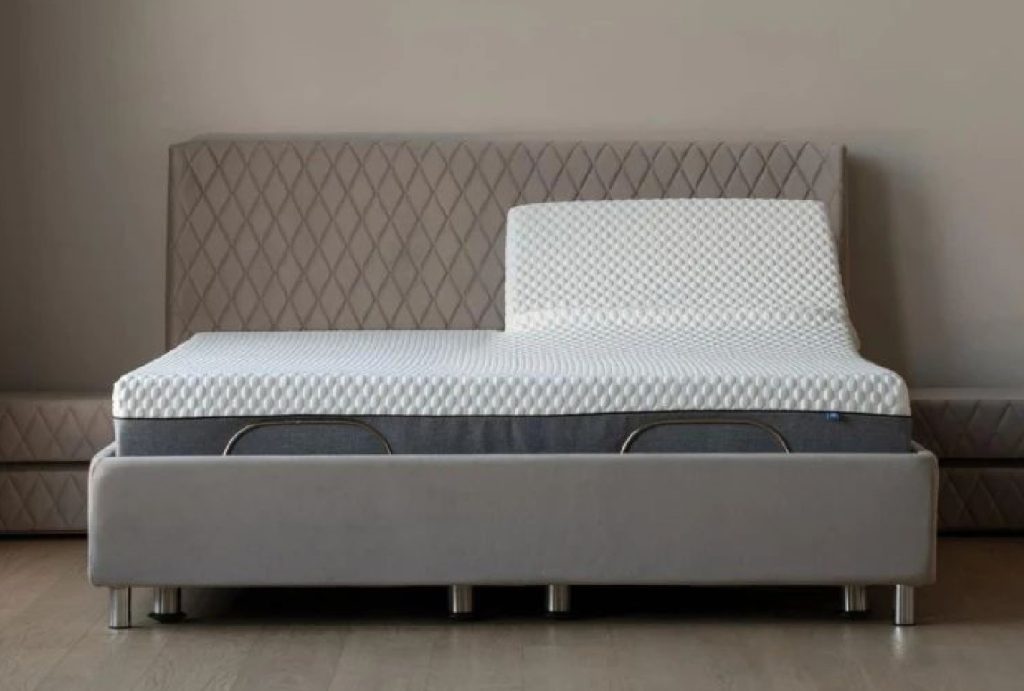In the face of a shifting market landscape, businesses that have been operating successfully are often presented with a crucial question: how should they respond? Moreover, when expanding into new countries and striving to meet the expectations of a new client base, what strategies lead to success? This exploration delves into the art of constructing a sustainable strategy, one that hinges on thorough research, data analysis, and an intricate understanding of client’s needs.
What can be new in traditional, high-quality mattresses and bed manufacturing?
In 2019, Sleep8 Company marked its first store opening in Lisbon. Within a mere three years, the company has impressively expanded, boasting 36 stores across 8 European countries. Now company provides a personalized all-in-one sleep system, combining smart mattresses, health tracking, and online consultations with somnologists and other categories of innovative sleeping products, and plans to open 50 retail stores before 2024. What led to the success?
Client-centric Approach
Enhancing sleep quality is a top priority for many people, even if they haven’t yet recognized its potential impact. Achieving quality sleep can bring about a world of change. According to experts, this encompasses various aspects such as our sleep environment, bedtime routines, sleep quality, and even our daytime activities.
The impact of online services has extended to mattress manufacturers, including the business of Sleep8 company. As the company prepared to enter new markets within Europe region, it recognized the need to gauge customer perception regarding online sleep support. Would individuals welcome this digital shift or hesitate? Were they inclined towards virtual somnologists and smart mattresses for remote health tracking? Alternatively, did traditional practices like using candles and music still hold appeal?
Through an extensive study conducted in partnership with international experts at DUAMENTES company, the Sleep8 team unearthed pivotal insights. The research not only yielded answers but also furnished a forward-thinking outlook on customer-centric business strategy.
Step 1. Prioritizing Product Features
When venturing into new markets, businesses must prioritize customer needs and establish a compelling value proposition. This approach not only conserves time and resources but is especially crucial for products that are traditionally manufactured offline, like matrasses.
In the Sleep8 case, the company had to choose between physical, and digital components or a dual launch. The research helped identify audience needs, uncover key pain points, and understand preferences through proper methodologies. Market segmentation revealed specific sleep challenges, enabling tailored product development. For example, research revealed, that people would choose a smart mattress first and acquire additional services later, which reflected on the prospective business model.
Step 2. Target Audience Pain Points and Barriers
While the general analysis might not offer significant insights for the team, businesses require data to plan effectively. During this stage, experts delved into the behavioural patterns of the target audience, examining their current approaches to addressing sleep issues. Starting with identifying them: people, aged 40-60, earning over £80,000 annually, full-time workers in the UK fall into the middle to upper-middle class bracket. Many are parents and even grandparents, possibly pet owners. They relish travel, hobbies, and the blend of youthful energy with improved financial comfort.
By uncovering customer preferences and habits, businesses can obtain invaluable insights to shape their product and business strategies. In the case of Sleep8, experts dived into segmentation having 4 segments: Active and nonactive lifestyles who do or do not visit doctors. Experts explored their influences, anxieties, and factors that shaped the target audience’s decision-making process. This information played a pivotal role in guiding product design and refining marketing strategies.
For example, the research found out that mattresses weren’t the primary solution for better sleep. People usually tried quick fixes like sleep tracking apps, meditation apps, candles, and pillows. Seeing a doctor wasn’t common for sleep issues as they didn’t see them as urgent. Major lifestyle changes weren’t common either. Many users weren’t familiar with ‘smart mattresses’ and relied on past experiences to decide. Price and services were key factors in their choices. Gadgets, apps, and simple tools were popular because they were easy to get (not expensive or time-consuming) and flexible in terms of time.
Step 3. Enhancing the Product
To gauge the potential market response, companies need to carefully evaluate customer feedback and preferences regarding their products. It enables businesses to refine the product and align it with the audience’s preferences and expectations. Sleep 8 company analyzed the product configuration choices and the underlying reasons behind them and explored the demand for different business models within the sleep platform: subscription-based models, partnerships with healthcare providers, and direct sales. As purchasing a mattress is a large decision to make, participants see consultations with somnologists as hedging: they want to make sure their money is not wasted on the solution not fitting them well.
Business Results
With extended data businesses can deliver more compelling messaging and a stronger value proposition to drive user conversions. Armed with DUAMENTES research insights and findings Sleep8 crafted a unique product that aligned precisely with the audience’s requirements. This strategic approach ensured that the sleeping platform resonated with its intended market, presenting a strong value proposition. By striking the optimal balance between physical and digital elements, the company positioned itself for success in the competitive business landscape, offering a comprehensive solution to address sleep-related challenges.
After conducting thorough research, Sleep8 developed a targeted Google campaign to showcase its right positioning and product-market fit. The results of the campaign were highly promising, indicating a successful alignment between the product and the needs of the target audience reaching an impressive number of users, with over 5000 individuals and an impressive conversion rate of 3.8%, surpassing the industry average. This indicates that a considerable proportion of users who engaged with the campaign took the desired actions, including making purchases or signing up for services.
About the Research
The qualitative research was conducted for Sleep8 Ltd by Global Research and Development company DUAMENTES.
The research comprised two phases: Part 1, using Structured Jobs-To-Be-Done interviews to examine sleep-enhancing habits and behaviours; Part 2, involving Concept Testing to align a product idea and business models with audience needs. The sample included 10 participants, equally split by gender, from the UK, earning over £80,000 annually, all seeking sleep issue solutions. To get a full report, contact DUAMENTES.
Disclaimer: This article contains sponsored marketing content. It is intended for promotional purposes and should not be considered as an endorsement or recommendation by our website. Readers are encouraged to conduct their own research and exercise their own judgment before making any decisions based on the information provided in this article.





































